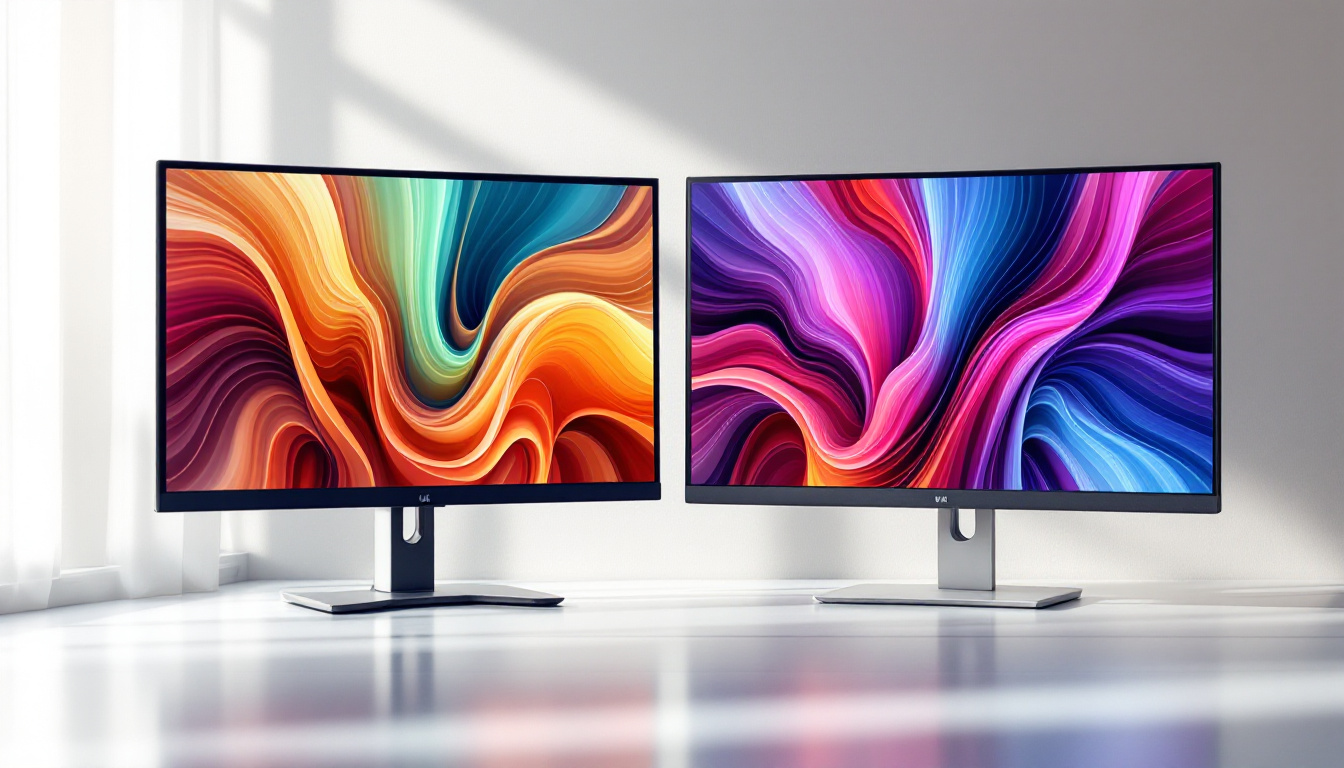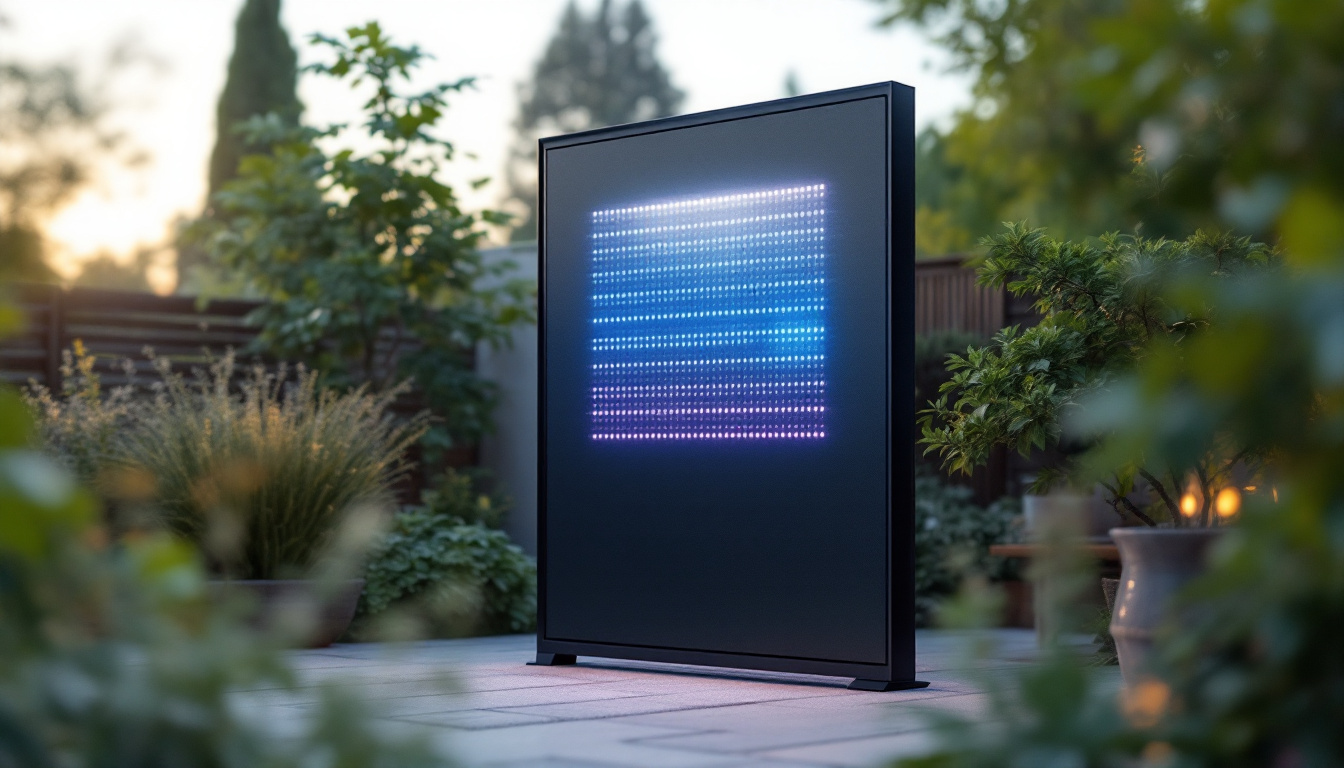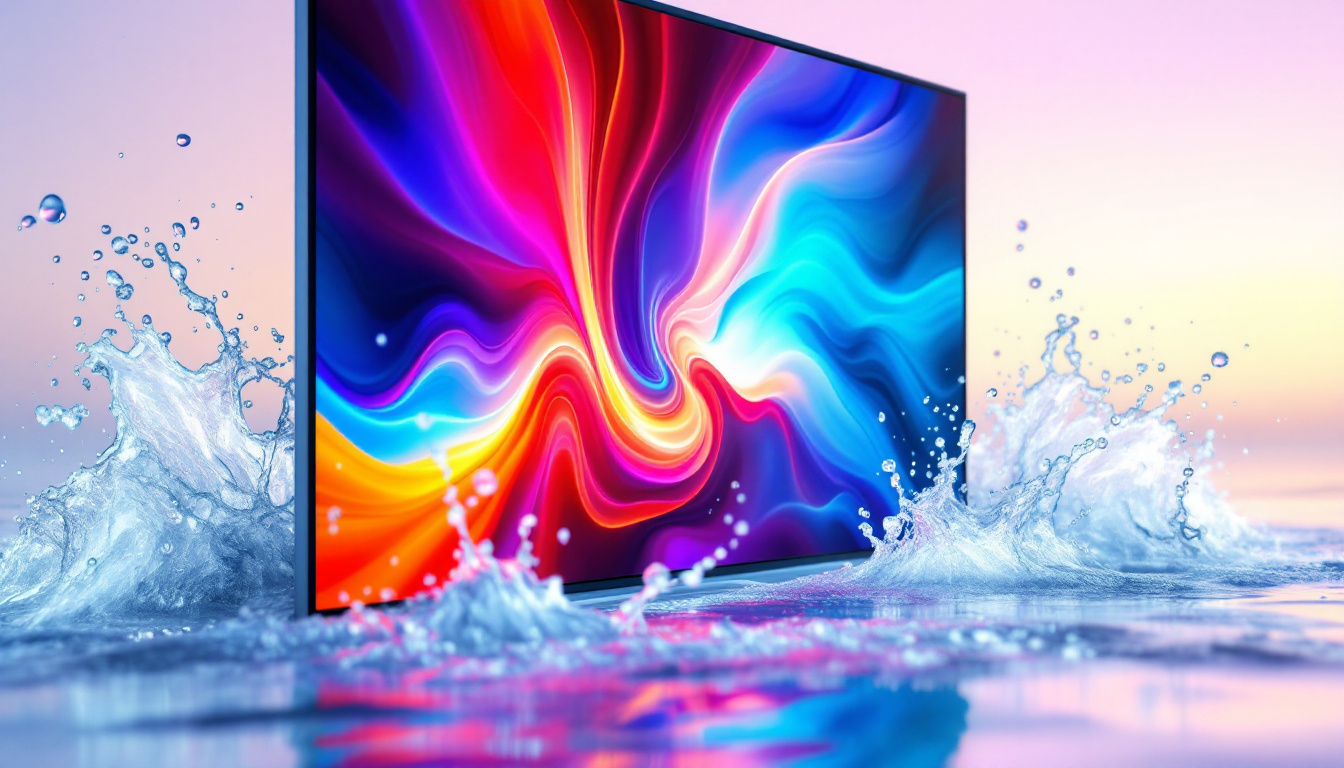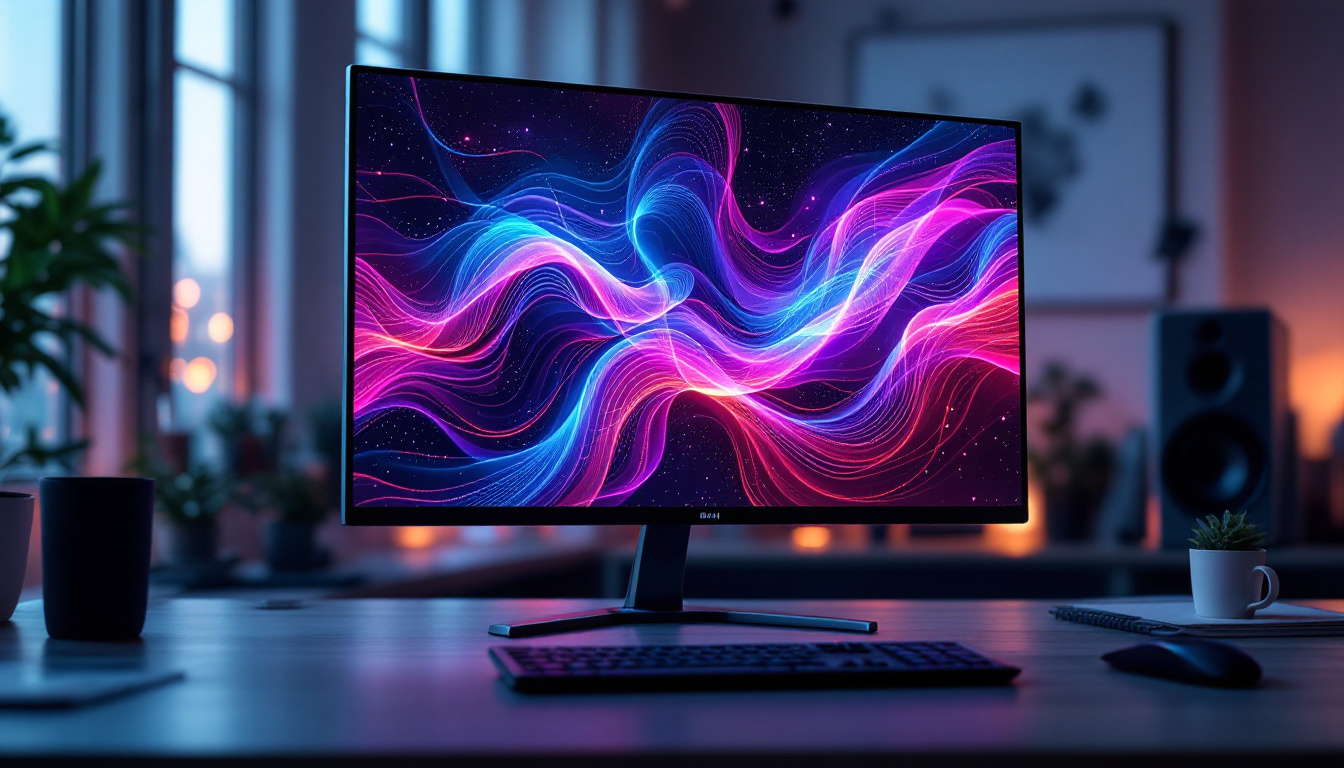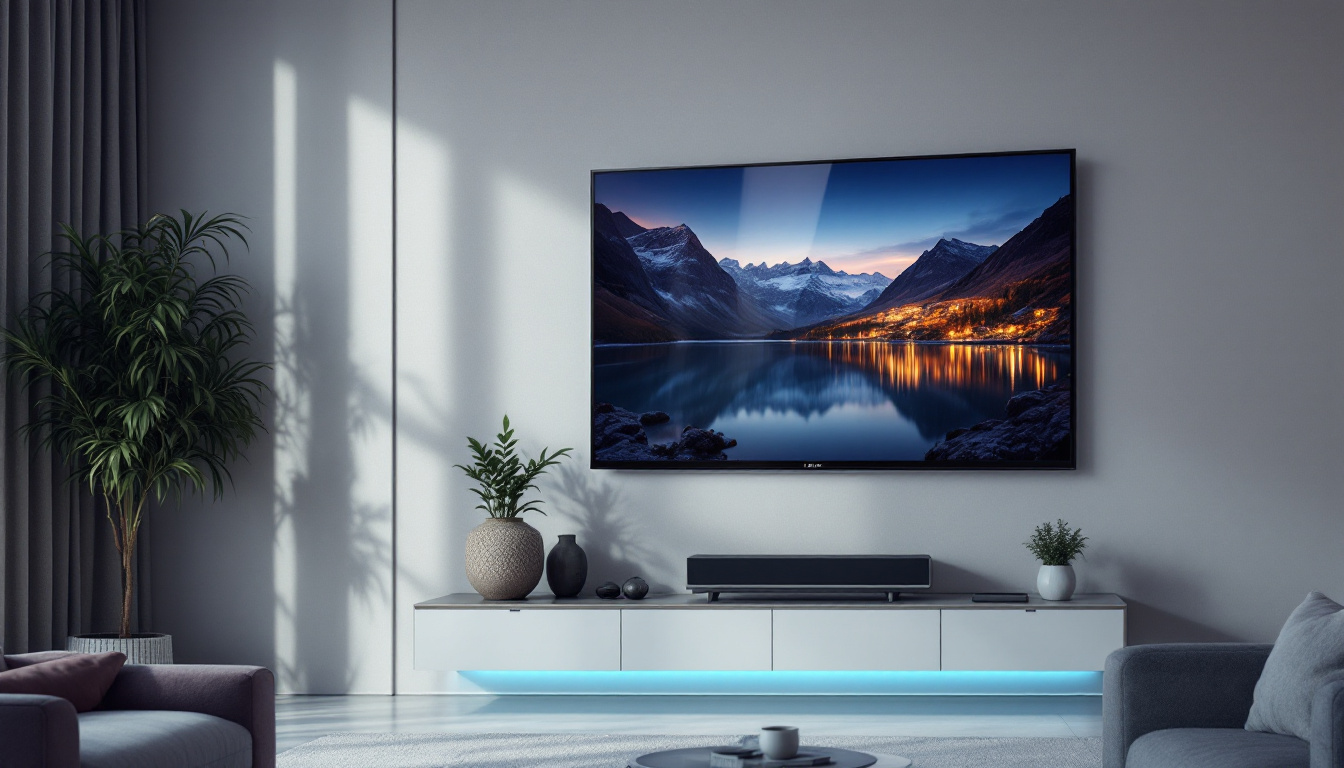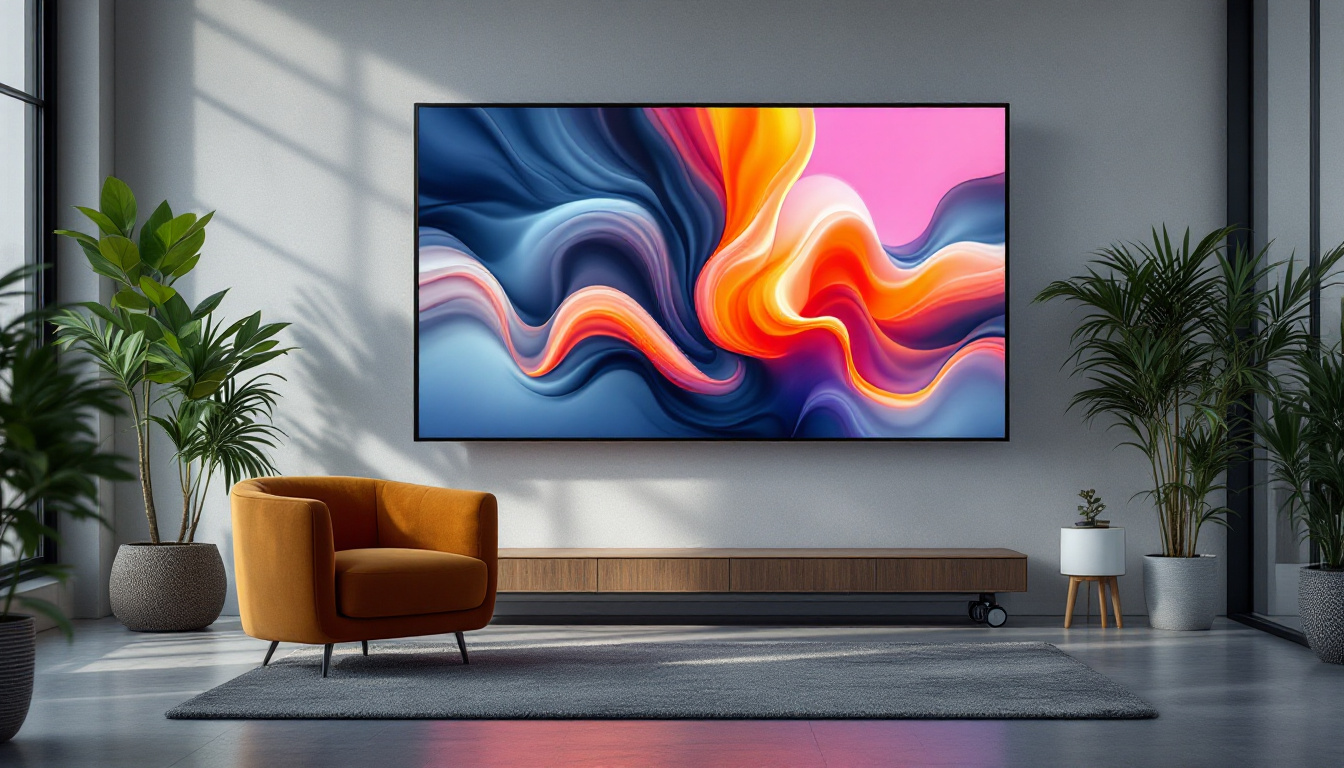In the ever-evolving world of technology, displays have undergone significant transformations, leading to the rise of various types of monitors. Among these, LED and LCD monitors stand out for their popularity and performance. Understanding the differences between these technologies is essential for consumers looking to make informed decisions when purchasing a new monitor. This article aims to clarify the distinctions between LED and LCD monitors, explore their functionalities, and provide insights into their respective advantages and disadvantages.
Understanding LCD Technology
Liquid Crystal Display (LCD) technology has been a cornerstone in the development of modern monitors. It uses liquid crystals sandwiched between two layers of glass or plastic, which manipulate light to produce images. The fundamental principle behind LCDs is the ability of liquid crystals to change their orientation in response to electric currents, allowing them to control the passage of light.
How LCDs Work
LCDs require a backlight to illuminate the display since liquid crystals do not emit light on their own. Traditionally, this backlighting has been provided by cold cathode fluorescent lamps (CCFLs). However, advancements in technology have led to the integration of LED backlighting, which has significantly improved the performance of LCDs.
The liquid crystals in an LCD screen are aligned in such a way that they block or allow light to pass through, depending on the electric current applied. This process creates the images that are displayed on the screen. The combination of liquid crystals and backlighting results in a thin and lightweight monitor, making LCDs a popular choice for both personal and professional use.
Advantages of LCD Monitors
One of the primary advantages of LCD monitors is their energy efficiency. Compared to older CRT monitors, LCDs consume significantly less power, making them more environmentally friendly and cost-effective over time. Additionally, LCDs offer a wide range of screen sizes and resolutions, catering to various user needs, from casual browsing to professional graphic design.
Another benefit is the reduced glare and reflections that LCDs provide. The technology allows for better visibility in brightly lit environments, making them suitable for office settings and public displays. Furthermore, LCD monitors typically have a longer lifespan than their CRT counterparts, offering durability and reliability for users.
Moreover, LCD technology has evolved to include features such as high-definition (HD) and ultra-high-definition (UHD) resolutions, which enhance the viewing experience by providing sharper and more vibrant images. This capability is particularly beneficial for activities such as gaming and video editing, where detail and color accuracy are paramount. Additionally, many modern LCDs come equipped with advanced color calibration tools, enabling users to achieve precise color representation, which is essential for graphic design and photography work.
In terms of design, LCD monitors have also embraced sleek and minimalist aesthetics, making them a stylish addition to any workspace. With ultra-thin bezels and customizable stands, users can easily integrate these monitors into their home or office setups. The portability of LCDs is another advantage, as many models are lightweight and easy to transport, allowing professionals to set up their workstations in various locations without hassle.
Introduction to LED Technology
Light Emitting Diode (LED) technology represents a significant advancement in display technology. While LED monitors are often confused with LCD monitors, it is essential to note that LED is primarily a type of backlighting used in LCD screens. In essence, LED monitors are LCD monitors that utilize LED backlighting instead of traditional CCFLs.
How LED Backlighting Works
LED backlighting enhances the performance of LCD monitors by providing brighter images and better color accuracy. LEDs emit light in a more efficient manner than CCFLs, allowing for thinner displays and improved energy efficiency. There are two main types of LED backlighting: edge-lit and full-array.
Edge-lit LED monitors have LEDs positioned along the edges of the screen, which helps to distribute light across the display. This design allows for a slimmer profile but may result in uneven brightness in some cases. Full-array LED monitors, on the other hand, have a grid of LEDs behind the entire screen, providing more uniform lighting and better contrast ratios, especially in darker scenes.
Benefits of LED Monitors
One of the most notable benefits of LED monitors is their superior color reproduction. The enhanced brightness and contrast ratios lead to more vibrant and lifelike images, making them ideal for tasks that require precise color accuracy, such as photo editing and graphic design. Additionally, LED monitors often have faster response times, reducing motion blur during fast-paced activities like gaming or watching action films.
Moreover, LED technology contributes to energy savings. LED monitors consume less power than traditional LCDs with CCFL backlighting, which can result in lower electricity bills and a smaller carbon footprint. The longevity of LED backlighting also means that these monitors typically have a longer lifespan, providing users with a reliable display for years to come.
Comparing LED and LCD Monitors
While LED monitors are technically a subset of LCD monitors, the differences in their backlighting technology lead to various performance distinctions. Understanding these differences can help consumers make the right choice based on their specific needs and preferences.
Image Quality
When it comes to image quality, LED monitors generally outperform traditional LCDs with CCFL backlighting. The enhanced brightness and contrast ratios of LED displays contribute to sharper images and more vibrant colors. This is particularly evident in darker scenes where full-array LED monitors excel in maintaining detail without losing shadow information.
Moreover, the ability of LED monitors to achieve deeper blacks and brighter whites enhances the overall viewing experience. For users who prioritize image quality, such as photographers, videographers, and gamers, investing in an LED monitor is often the better choice.
Energy Efficiency
Energy efficiency is another critical factor when comparing LED and LCD monitors. LED backlighting consumes less power than traditional CCFLs, making LED monitors more energy-efficient overall. This not only translates to lower electricity costs but also contributes to a reduced environmental impact.
For consumers who are environmentally conscious or looking to save on energy bills, LED monitors represent a more sustainable option. Additionally, the longer lifespan of LED technology means fewer replacements over time, further enhancing its eco-friendliness.
Cost Considerations
Cost is often a significant factor in purchasing decisions. Generally, LED monitors tend to be more expensive than traditional LCD monitors with CCFL backlighting. However, the price difference is narrowing as LED technology becomes more widespread and manufacturing processes improve.
While the initial investment in an LED monitor may be higher, the long-term benefits, such as energy savings and durability, can make it a more cost-effective choice in the long run. Consumers should weigh their budget against their needs and consider the potential return on investment when making a decision.
Choosing the Right Monitor for Your Needs
When selecting a monitor, it is crucial to consider the intended use. Different tasks may require different features and specifications. Here are some key factors to consider when choosing between LED and LCD monitors.
Usage Scenarios
For general office work, such as word processing and spreadsheet management, either an LED or LCD monitor will suffice. However, for tasks that require high color accuracy—such as graphic design, photo editing, or video production—an LED monitor is typically the better choice due to its superior image quality.
Gamers also benefit from LED monitors, especially those with faster response times and higher refresh rates. The enhanced visuals and reduced motion blur can significantly improve the gaming experience, making LED monitors the preferred option for serious gamers.
Screen Size and Resolution
Screen size and resolution are also critical factors in the decision-making process. Larger screens and higher resolutions can enhance productivity and provide a more immersive viewing experience. LED monitors are available in various sizes and resolutions, including 4K options, making it easier for users to find a display that meets their specific requirements.
For users who multitask or work with multiple applications simultaneously, a larger screen or a dual-monitor setup can significantly improve efficiency. In such cases, choosing an LED monitor with a larger screen size and high resolution can provide a substantial advantage.
Budget Considerations
Budget constraints are a reality for many consumers. While LED monitors may come at a premium price, it is essential to consider the long-term benefits they offer. Evaluating the total cost of ownership, including energy savings and lifespan, can help justify the initial investment.
Additionally, consumers should keep an eye out for sales and promotions, as prices for monitors can fluctuate. Researching various brands and models can also lead to finding a high-quality LED monitor within a reasonable budget.
Conclusion
In conclusion, both LED and LCD monitors have their unique advantages and disadvantages. While LED monitors offer superior image quality, energy efficiency, and longevity, traditional LCD monitors still serve as a viable option for many users, particularly those with basic computing needs.
Ultimately, the choice between an LED and an LCD monitor should be guided by the intended use, budget, and personal preferences. By understanding the differences between these technologies, consumers can make informed decisions that enhance their computing experience and meet their specific needs.
As technology continues to advance, the landscape of monitors will likely evolve further, leading to even more options for consumers. Staying informed about these developments will ensure that users can make the best choices for their display needs in the future.
Discover LumenMatrix’s Advanced LED Display Solutions
Ready to elevate your visual experience with the latest in LED display technology? Look no further than LumenMatrix, a pioneer in crafting innovative LED display modules that bring your content to life. Whether you need an Indoor LED Wall Display for a corporate event, an Outdoor LED Wall Display for advertising, or any of our specialized solutions like Vehicle LED Displays, LED Sports Displays, or Custom LED Displays, LumenMatrix has you covered. Embrace the future of visual communication and check out LumenMatrix LED Display Solutions today to see how we can help you make a lasting impression with vivid clarity and unparalleled brightness.

